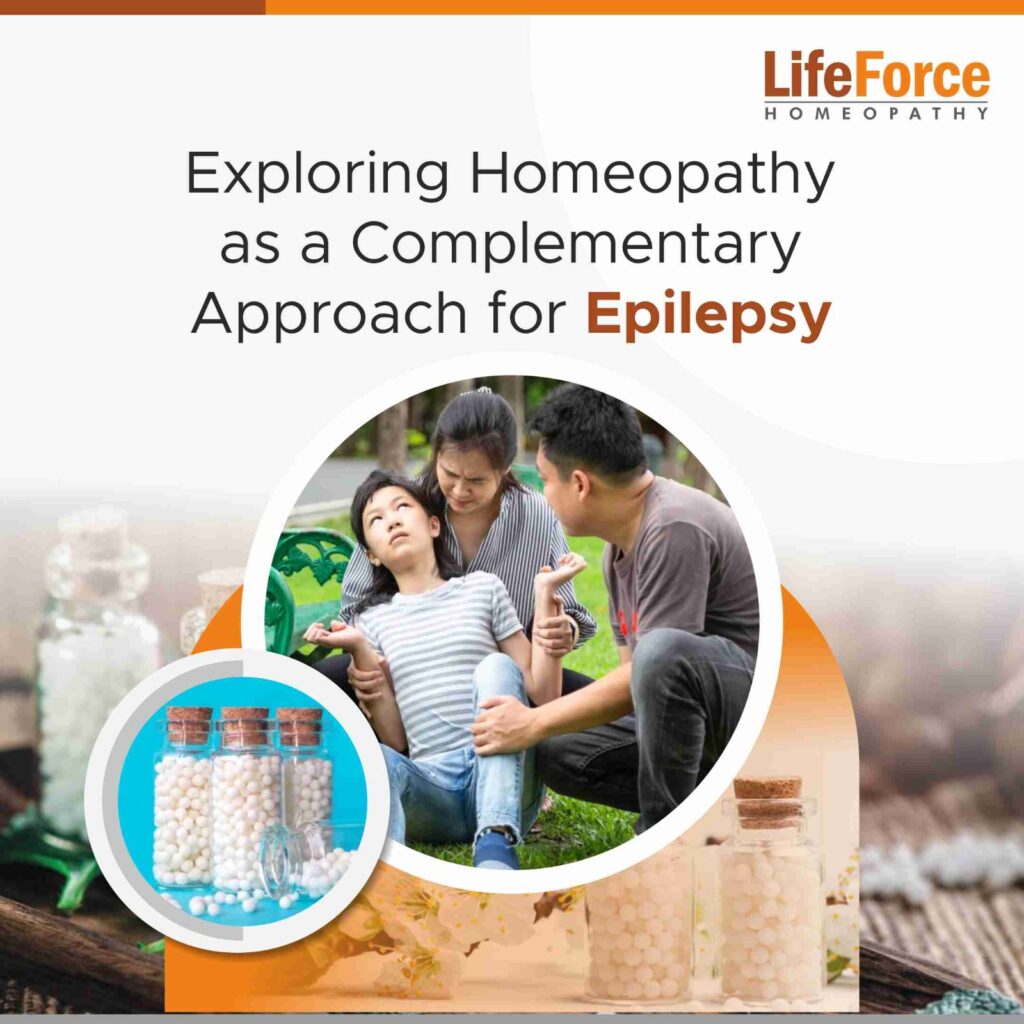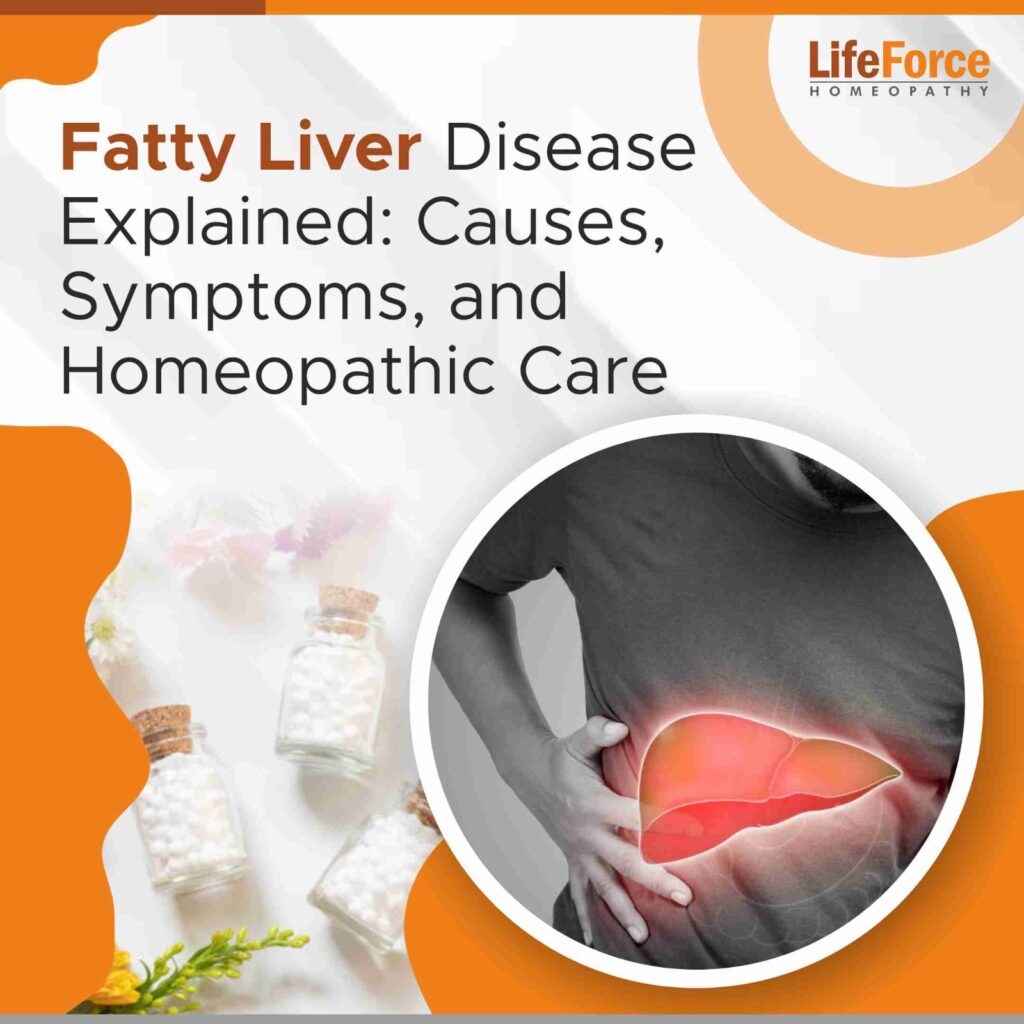Dermatomyositis is an unusual and complex autoimmune disorder that commonly affects the skin and muscular tissue. It is characterized by one-of-a-kind skin rashes and muscle weakness. The person suffering from this must understand the nuances of this condition, from its causes and manifestations to its treatment alternatives.
Dermatomyositis is an inflammatory disorder that causes muscle rash and weakness. It is distinguished using its precise dermatological and muscular signs and symptoms. The disorder can affect people of every age; however, it most generally occurs in adults of age between 40-60 and in kids between 5–15 years.
Causes of Dermatomyositis:
The specific reason for dermatomyositis remains unknown. However, it is believed to involve an interaction of genetic, environmental, and immune system factors. Here are some key points about its etiology:
Genetic Predisposition: Individuals with a family history of autoimmune diseases may additionally have a risk of developing dermatomyositis.
Immune System Dysfunction: Dermatomyositis is an autoimmune disorder, which means the immune system mistakenly attacks healthy tissues like muscles and skin.
Environmental Triggers: Infections, few medications & exposure to ultraviolet (UV) light can also cause the onset of dermatomyositis in genetically predisposed individuals.
Symptoms and manifestations:
Dermatomyositis shows signs and symptoms in the skin and muscles. Understanding these manifestations is crucial for early diagnosis and effective treatment.
Skin Symptoms:
A violet or dusky purple rash that appears on the eyelids, often accompanied by swelling
Expanded, scaly bumps over the knuckles, elbows, and knees
A reddish-red rash that develops on the top lower back, shoulders, and neck
Rough, cracked skin on the palms and sides of the fingers and hands
Muscle Symptoms:
Progressive weakness within the proximal muscle tissue (those closest to the body’s middle), including the shoulders, hips, and thighs.
Involvement of the muscle tissue responsible for swallowing can result in dysphagia.
Some people may undergo muscle aches and tenderness, even though that is less common than muscle weakness.
Conventional treatment approach:
Conventional treatment for dermatomyositis usually concentrates on controlling irritation, coping with signs and symptoms, and enhancing muscle power. Commonly used medicines are as follows:
Corticosteroids: This medicine is given to lessen infection and suppress the immune response.
Immunosuppressants: Medications such as methotrexate and azathioprine can be used to control the immune system.
Physical Therapy: Exercise and physical activities are crucial to maintain muscle power and versatility.
While these medications can be powerful, they often come with side effects and might not deal with the underlying reasons for the disorder. This has led many to discover alternative and complementary treatments, such as homeopathy.
Role of Homeopathy in Dermatomyositis:
Homeopathy is a holistic approach to medicine that stimulates the body’s innate healing capabilities. It is primarily based on the precept of “like cures like,” meaning substances that cause symptoms in a healthy individual may be used to deal with comparable symptoms in an ill person when given in a highly diluted bureaucracy. Homeopathy offers a natural and gentle approach to managing dermatomyositis.
Dermatomyositis Homeopathic treatment:
Homeopathic treatment for dermatomyositis includes a comprehensive assessment of the patient’s signs, medical history, and individual body. Homeopathy’s goals are to address the root cause and stimulate the body’s self-recuperation capabilities. The purpose is to pick remedies that address the unique expression of the ailment in every person. Some usually used homeopathic remedies for dermatomyositis consist of:
Rhus Toxicodendron: This remedy is often indicated for muscle pain and stiffness, especially when the signs are worse after rest and enhanced with motion.
Arnica Montana: Known for its anti-inflammatory properties, Arnica may be useful for muscle soreness and bruising, accompanied by muscle weakness.
Calcarea Carbonica: Suitable for individuals with muscle weakness and an inclination to feel cold, this treatment can help enhance muscle strength and vitality.
Causticum: This remedy is beneficial for muscle weakness and stiffness, in particular when observed using contractures or deformities.
Kali Phosphoricum: Known as a nerve tonic, Kali Phos can assist deal with muscle weakness and fatigue, improving overall energy in the body.
Best Homeopathic medicines for muscle weakness
Muscle weakness is a primary symptom of dermatomyositis, and homeopathy gives several treatments to strengthen muscle tissue and improve function. Here are some of the effective and best homeopathic medicines for muscle weakness
Gelsemium: This remedy is indicated for profound muscle weakness, specifically whilst observed with trembling and fatigue. It is frequently used for situations in which weakness is greater reported in the day.
Phosphoric Acid: Suitable for people with muscle weakness and exhaustion after extended intellectual or bodily exertion.
Stannum Metallicum: This medicine is useful for muscle weakness that worsens with motion and is accompanied by a sense of heaviness inside the limbs.
Agaricus Muscarius: Indicated for muscle weakness with twitching and spasms, mainly in the lower limbs.
Dermatomyositis Natural Treatment:
In addition to homeopathic medicines, incorporating dermatomyositis natural treatment can enhance the management of the disease. Here are some strategies for a holistic approach to treatment:
Dietary Modifications: Eating a balanced meal filled with anti-inflammatory properties can support overall health and decrease inflammation. Foods high in omega-3 fatty acids, antioxidants, and nutrients C and E are especially beneficial.
Herbal Supplements: Certain herbs, inclusive of turmeric, ginger, and boswellia, have anti-inflammatory properties and can help with homeopathic treatment.
Stress Management: Stress can exacerbate autoimmune situations. Physical activities such as yoga, meditation, and deep breathing exercises can assist in managing stress.
Hydrotherapy: Alternating warm and cold compresses or taking a hot shower can alleviate muscle pain and stiffness.
Regular Exercise: Gentle sporting activities, such as swimming and stretching, can assist in maintaining muscle strength and versatility without causing undue pressure.
Integrating Homeopathy into your treatment plan:
It’s important to remember that homeopathy needs to be used as part of a comprehensive treatment plan underneath the steerage of a certified healthcare professional. Consulting a homeopath who is experienced in treating autoimmune conditions can offer personalized care and provide the safe and effective use of remedies.
Steps to start Homeopathic treatment:
Consultation: Schedule an appointment with a licensed homeopath to talk about your symptoms, clinical history, and treatment options.
Individualized Treatment: Based on the consultation, the homeopath will prescribe treatments tailor-made for your condition.
Follow-up: Regular follow-up appointments are essential to monitor development and make any necessary modifications to the treatment plan.
Holistic Approach: Combine homeopathic remedies with lifestyle changes, nutritional modifications, and other natural treatment methods for effective results.
Conclusion:
Dermatomyositis is a difficult situation that requires a multifaceted approach to treatment. While conventional medicines play a crucial role in handling signs and controlling inflammation, homeopathy gives a complementary and holistic way to assist recovery and enhance quality of life. By opting dermatomyositis homeopathic treatment , identifying the effective homeopathic treatment for muscle weakness and embracing dermatomyositis natural medication techniques, people can take proactive steps toward higher fitness and well-being. Always talk with healthcare experts to create a personalized and effective treatment plan.




